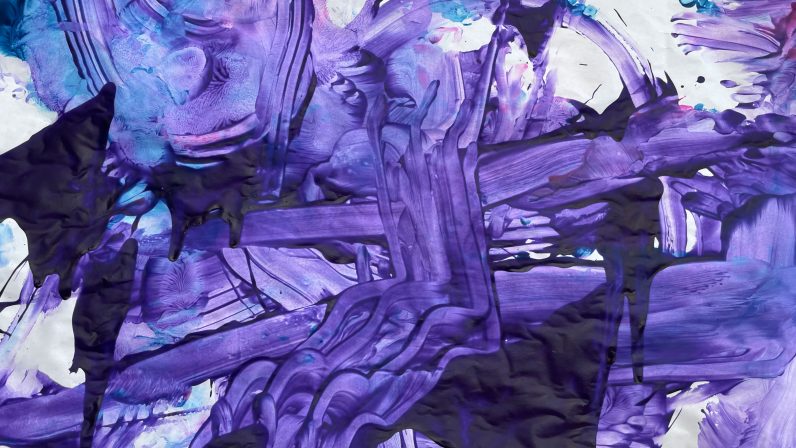Ever since I was a young child, I’ve been engaged in the creative process. My first memories of this involved my hands in mud. As I grew older, with unlimited raw materials at my fingertips, I branched out into making doll clothes, accessories, and full-on environments for my troll dolls and small animal erasers that I played with often. When I was outside, which was where I spent most of my free time, we built forts, tree houses, and even developed an entire community along a stream created by our garden hose.
Creativity has remained a significant aspect of my adult life as I turned to writing and expressing myself through a range of art materials, while raising children and starting a school. Over the last two decades I’ve made it a priority to provide creative opportunities to my five grandchildren, and currently my great-granddaughter. Thoughts about the creative process are never far from my mind, in both my personal life and my days at Awakening Seed. Just this week, I found inspiration through a creative experience introduced to our toddlers, as they used multiple body parts to express themselves with paint on large sheets of paper. At such a young age they are literally embodying the creative process.
About a week ago, my thinking about the creative process was elevated in a most surprising way. I was introduced to Rick Rubin through an interview on one of my favorite podcasts, On Being with Krista Tippett. For those of you who are unfamiliar (as I was) with Rick, he is a well known music producer who has worked with a wide range of musicians, including the Beastie Boys, Johnny Cash, Adele, and the Red Hot Chili Peppers. The interview focuses on material from his new book about the creative process called The Creative Act: A Way of Being. One of his first ideas that stood out was living life “in a way that gives you the sensitivity and data that allows you to create in a curated way.” I love thinking about life as a process of curating experiences, which is in line with living intentionally.
Rubin speaks about the four phases (seed, experimentation, craft, final completion editing) of the creative process he follows. Here’s what he has to say about it: “Once you have the seeds and once you’ve experimented with the seeds and you get to the craft phase, which is where you’ve already cracked the code of what it is, and it gets down to the actual grunt work of bringing it into the physical world, all the ideas are worked out. There’ll still be more small decisions to be made along the way and it’ll be a creative process all the way through. But you know what you’re making and you have a vision for it.”
He describes the importance of his meditation practice, how it allows him to build “a new reality within yourself. A new, I’ll call it like an emotional musculature, that is more in tune with the present as you are experiencing it in this moment, …in a wider, more open, more generous [way] … to be able to see more and curate the best of it for ourselves to be able to then use both in our lives and in our work.”
As the conversation with Krista Tippett evolves, she asks him about this line he wrote in the book: “Not all projects take time, but they do take a lifetime.” I loved his answer: “Everything we make is the sum total of everything we’ve learned and done…our creativity doesn’t come from our ideas. All of everything in us comes from somewhere else. We get to take those elements, and…re-present. We have this information, and we get it, and we get to mix it up and reform it and re-present it back to the world. Sometimes we re-present it back to the world in a way that no one’s seen it before.”
In the final moments of their conversation, Krista and Rick talk about the possibilities that open up for everyone when someone makes a choice to do something differently. Krista says, “And the totality of our lifetimes is pouring in when we make those choices, whether we know it or not.”
Rick replies, “Absolutely…it comes from everything we do, has all of ourselves in it. It can have all of ourselves deeply in it, or it could just be surface level. But either way, we’re inhabiting the things that we’re making. The good ones have our soul. They have a piece of us in them.”
I believe the Seed is one of those choices that holds the totality of many lives in it. It holds pieces of all of us that will continue to grow and change ourselves and each life that comes through our door.

